Meet Our Board Members
Our board members bring a wealth of experiences and expertise to the Partnership, united by their passion for our mission. It’s our pleasure to introduce them to you.
Harold Chase, Chairman
Director of Government Affairs
NSF
Connect: LinkedIn

Dan Fone
Vice President, Food Safety, Quality & Sanitation
Dollar Tree
Connect: LinkedIn

H. Lester Schonberger, Ph.D.
Associate Extension Specialist
Virginia Tech/Virginia Cooperative Extension
Connect: LinkedIn

Sharon Mayl, Board Advisor
Partner
DLA Piper
Connect: LinkedIn

Jane DeMarchi
President
North American Millers’ Association
Connect: LinkedIn
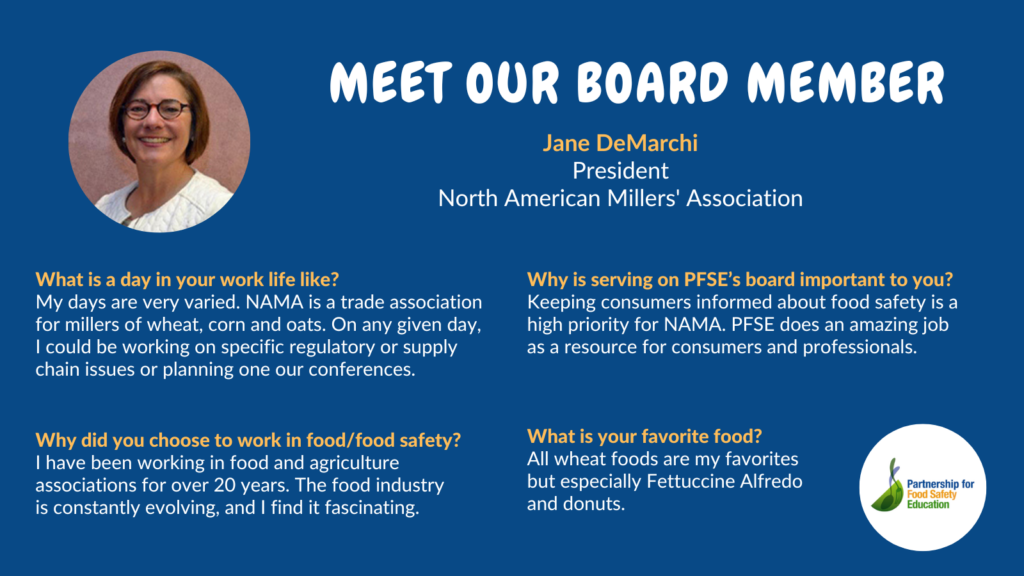
Stefanie Evans, Ph.D.
Vice President, Quality & Food Safety Sourcing & Design
Danone North America
Connect: LinkedIn
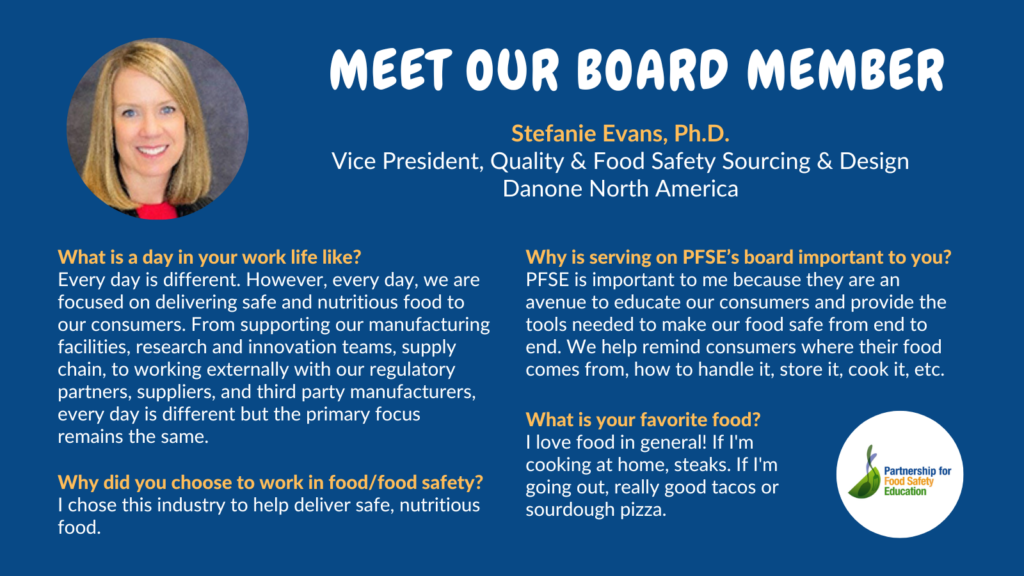
Spring Forward with Food Safety
Many of this season’s celebrations involve perishable foods like eggs, beef, ham and lamb. These foods need to be handled properly at home to prevent food poisoning.
Safe Egg Handling
Eggs are a big part of many spring celebrations and activities. Kids love to decorate and dye them, hide them, and cook them with their families in festive foods.
Follow these eggs-pert food safety tips with kids and families to keep them safe this spring season:
- Wash hands with soap and water before preparing food and after handling raw eggs.
- Prevent cross-contamination. Wash cutting boards, counters, utensils, and serving plates after touching raw eggs, meat, poultry, and seafood.
- Remember the two-hour rule. Don’t leave eggs out at room temperature for more than two hours.
- Cook eggs and dishes containing eggs until the internal temperature reaches 160° F on a food thermometer.
- For egg hunts and other activities, only use eggs that have been refrigerated. Discard eggs that are cracked, dirty, or have been out at room temperature for more than 2 hours.
Get more safe egg handling advice to keep you and your young ones healthy this season.
Handle & Cook Meats Safely
The meat is the centerpiece of any holiday meal. Make sure yours is a showstopper by handling and cooking it safely:
- Wash hands with soap and water before preparing food and after handling raw meat and poultry.
- Cook ham until the internal temperature of 145 °F on a food thermometer with a three-minute “rest time” after removal from the heat source.
- Bake beef brisket, fat side up in a baking dish, in an oven set no lower than 325 °F. The brisket is safe to eat when it reaches an internal temperature of 145 °F on a food thermometer with a three-minute “rest time” after removal from the heat source.
- Cook all raw lamb steaks, chops, and roasts to a minimum internal temperature of 145 °F on a food thermometer with a three-minute “rest time” after removal from the heat source.
Spring Clean Your Way to a Safer Kitchen
It’s important to know the difference between cleaning and sanitizing. They aren’t the same thing. Both are important to help prevent the spread of harmful germs.
- Cleaning removes germs, dirt, and impurities from surfaces or objects. Cleaning works by using soap (or detergent) and water to physically remove germs from surfaces. This process does not necessarily kill germs, but by removing them, it lowers their numbers and the risk of spreading infection.
- Sanitizing lowers the number of germs on surfaces or objects. This process works by disinfecting surfaces or objects using a diluted liquid chlorine bleach solution (combine 1 tablespoon liquid chlorine bleach with 1 gallon of water in a clean bucket).
Learn more about when to clean and when to sanitize at home.
Follow these food safety tips to help your family and friends have an egg-cellent spring celebration!


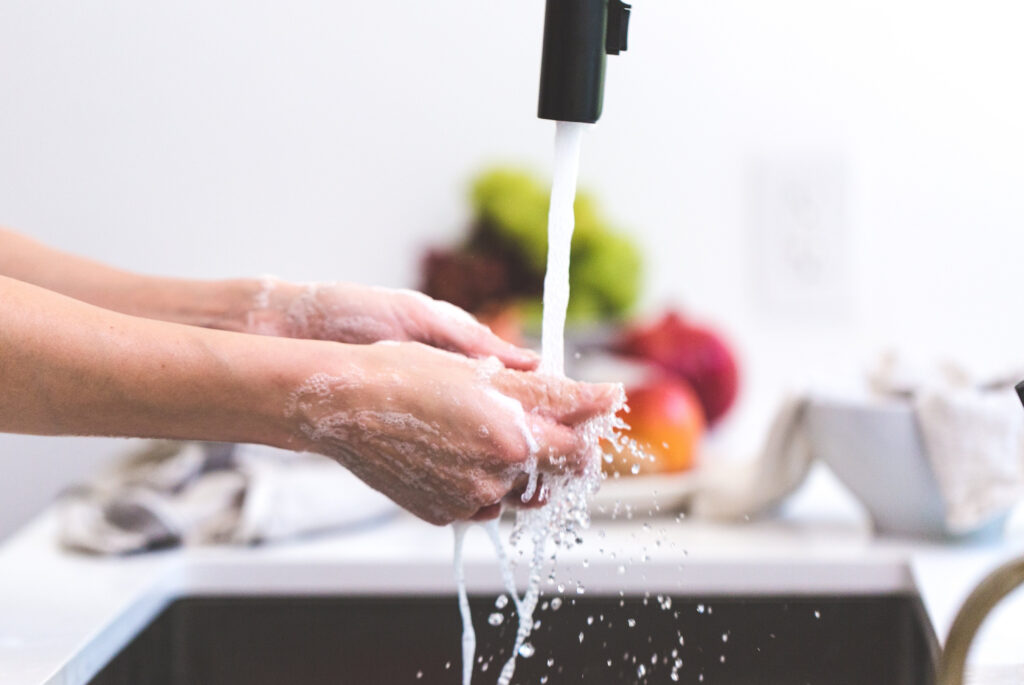
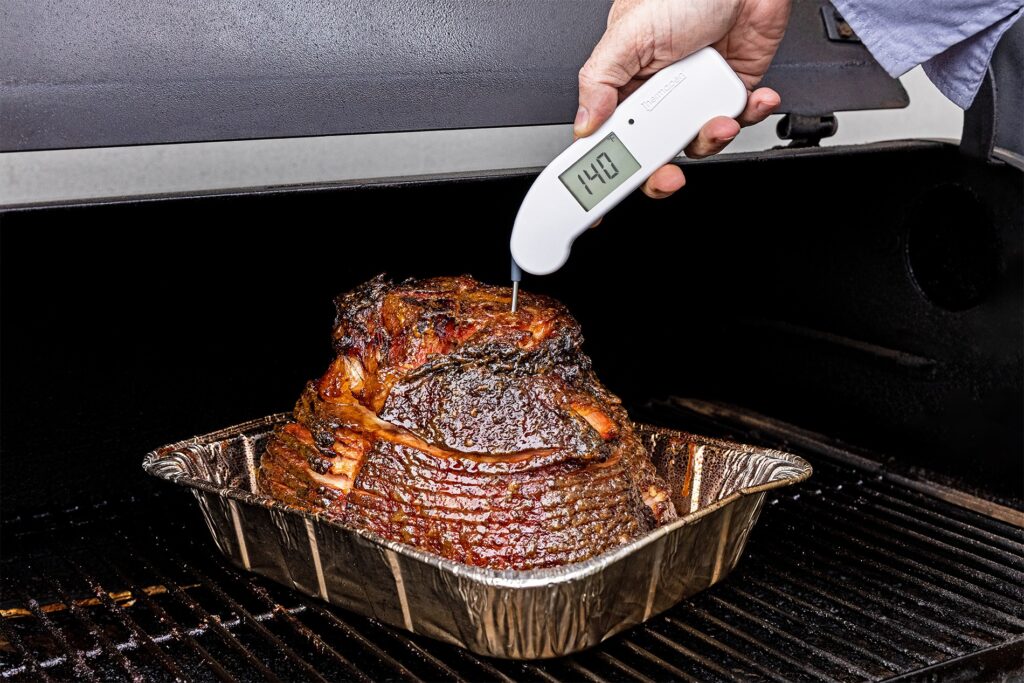

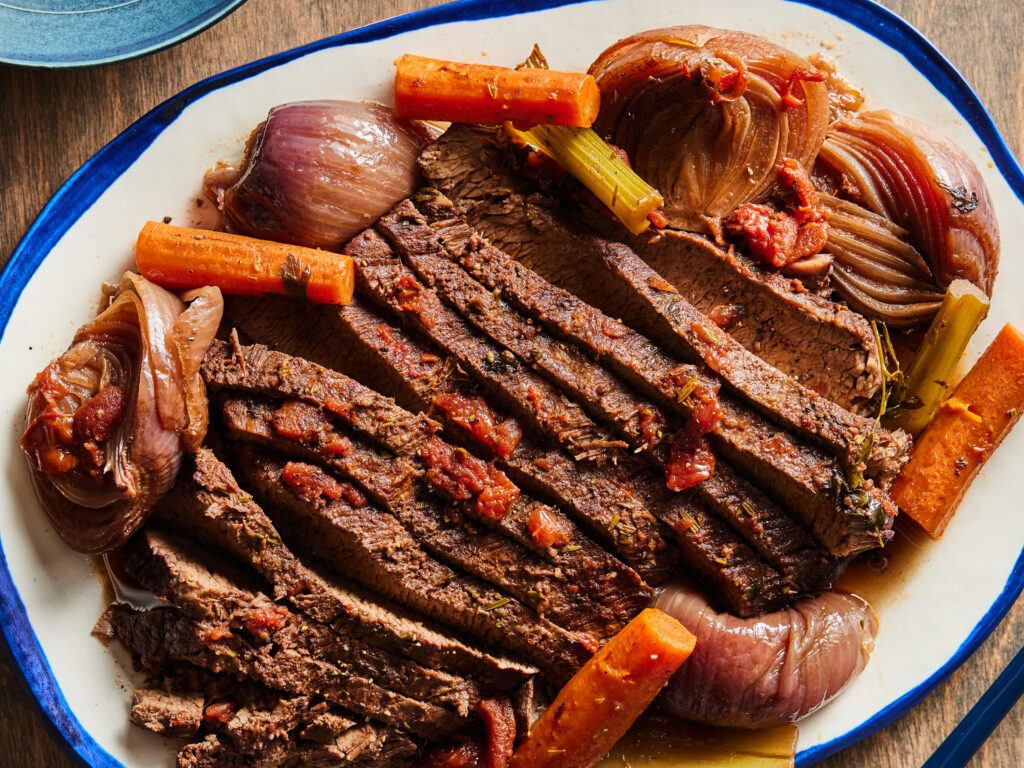
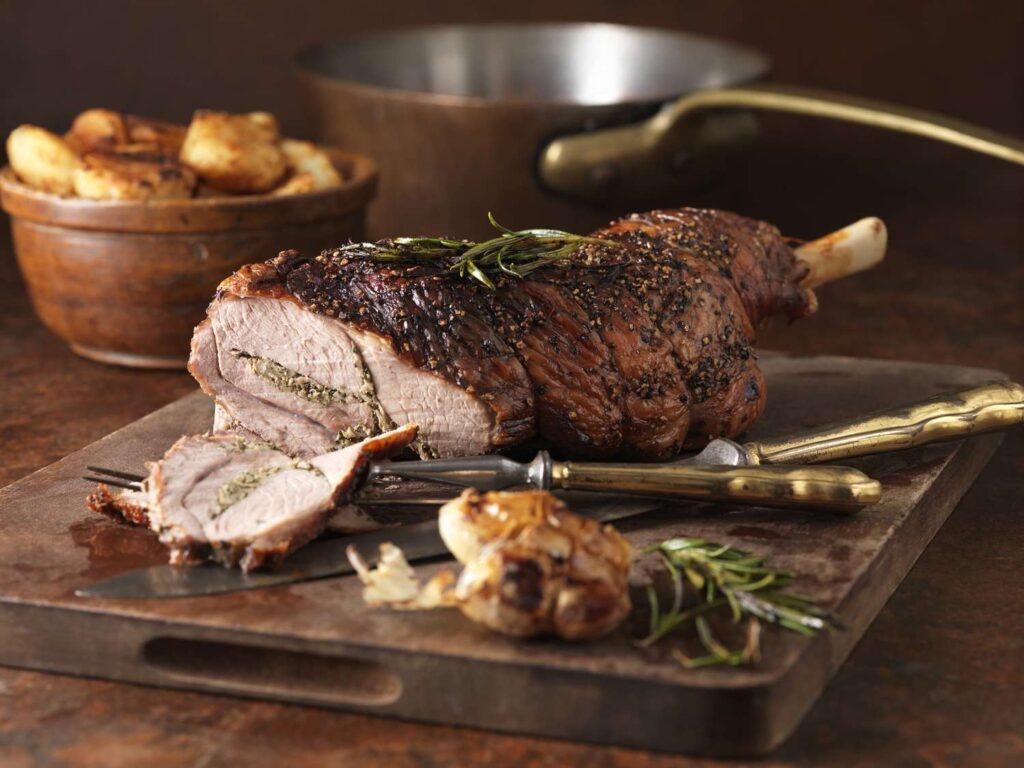
Partnership for Food Safety Education Grows with New Board Members, Partners
The Partnership for Food Safety Education (PFSE) announces several appointments to its Board of Directors. PFSE is a non-profit, public health organization that develops and promotes education programs to reduce foodborne illness risk for consumers.
The Partnership appointed four new board members:
- Jane DeMarchi, president of the North American Millers’ Association
- Stefanie Evans, Ph.D., vice president of quality and food safety sourcing and design at Danone North America
- H. Lester Schonberger, Ph.D., associate extension specialist with Virginia Tech/Virginia Cooperative Extension
- Sharon Mayl, partner at DLA Piper, appointed as board advisor
“We’re so happy to welcome our new board members,” said Harold Chase, PFSE board chair and director of government affairs with NSF. “Our talented Board of Directors is dedicated to stewarding PFSE to be effective at helping people reduce their risk of foodborne illness at home.”
Rotating off the board are Michael Roberson, director of corporate quality assurance with Publix Super Markets and past board chair, as well as Shauna C. Henley, Ph.D., family and consumer sciences educator at University of Maryland Extension. The Partnership is grateful for their dedication to food safety education and servant leadership.
PFSE also welcomes six new contributing partners: Albertsons, Amazon, Diversey, Home Chef, JBS and SmartLabel by Consumer Brands Association. Contributing partners help to keep food safety education resources free to access and provide thought leadership to program development and strategy.
“The Partnership’s historical leadership in public-private collaboration is unique and important to making an impact on foodborne illnesses,” said Britanny Saunier, PFSE executive director. “We’re grateful to have the thought leadership of our Board of Directors, contributing partners, federal liaisons and food safety educators to advance awareness of safe food handling practices for people preparing meals at home.”
View the full list of PFSE Board of Directors and the partner organizations who support this work.
About the Partnership for Food Safety Education
The Partnership for Food Safety Education (PFSE) is a non-profit, public health organization with a mission to develop and promote effective education programs to reduce foodborne illness risk for consumers. This important work is done through a historically significant cross-sector collaboration with the federal government, food industry, consumer groups, and scientific associations. PFSE supports more than 13,000 health and food safety educators with free, science-based safe food handling messages who reach 8.5 million U.S. households each year. Food safety professionals, health educators, and consumers can download free food safety education information from the Partnership’s website at www.fightbac.org.
Food Safety During Severe Weather
During a power outage, the clock starts ticking on the safety of your perishable foods. If you are aware of an approaching storm, tornado, hurricane or high electricity use, you can be prepared.
Before the Storm
- If you can prepare in advance, make sure you are using appliance thermometers in your fridge and freezer.
- Have a cooler or two at the ready, filled with ice or several frozen gel packs.
- Research where dry ice or block ice are available near you.
During the Storm
- Once the power goes out, be mindful of time and temperature.
- Keep the refrigerator and freezer doors closed.
- Your refrigerator will hold a safe temperature for about four hours.
- Your freezer, if packed full, will hold food at a safe temperature for about 48 hours with no power — at half full, the time decreases to 24 hours.
- Food is safe to refreeze if it still has ice crystals or if the freezer did not rise above 40 °F.
After the Storm
- When the power is back on, check the temperature inside your freezer and refrigerator by looking at the thermometer.
- If the temperature is still 0 ⁰F or below for freezer and 40 ⁰F or below for refrigerator, your food should be fine.
- NEVER taste food to determine its safety.
- The following foods are safe if held above 40 ⁰F for more than 2 hours: hard cheeses, grated Parmesan cheese, butter or margarine, opened fruit juices, jelly, relish, taco sauce, mustard, ketchup, olives, pickles, and Worcestershire, soy, barbecue and Hoisin sauces, peanut better, opened vinegar-based dressing, bread products, breakfast breads, fruit pies, fresh mushrooms, herbs, spices, uncut raw vegetables and fruit.
- What you should throw out: meat, poultry or seafood products; soft cheeses and shredded cheeses; milk, cream, yogurt, and other dairy products; opened baby formula; eggs and egg products; dough, cooked pasta; cooked or cut produce.
After a Flood
- Do not eat any food that may have touched flood water.
- Discard food that is not in waterproof containers; screw-caps, snap lids, pull tops, and crimped tops are not waterproof.
- Discard cardboard juice/milk/baby formula boxes and home-canned foods.
- Discard any damaged cans that have swelling, leakage, punctures, holes, fractures, extensive deep rusting, or crushing/denting severe enough to prevent normal stacking or opening.
- Mix a sanitizing solution of 1 Tablespoon of unscented bleach with one gallon of water to disinfect pots, pans, dishes, utensils, and undamaged all-metal cans after removing the label. Relabel with a permanent marker.
Preparing for disasters in advance is helpful to provide peace of mind. Knowing how to manage our food supply before, during and after a disaster will be essential to living.
For more information contact your local extension office or check out PFSE resources.
** Reprinted from Idaho State Journal. **
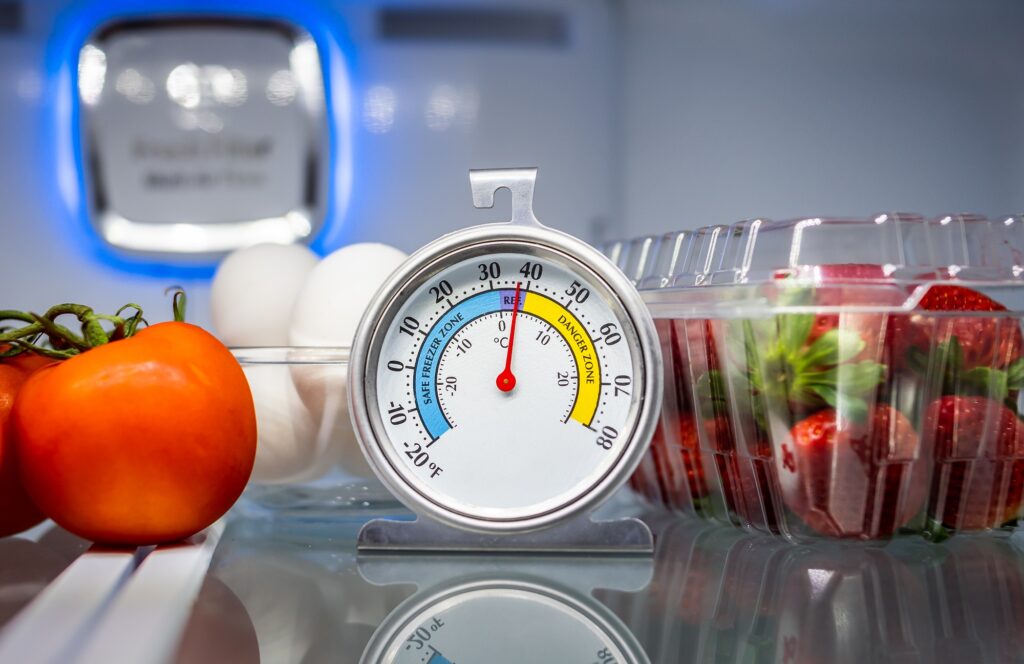

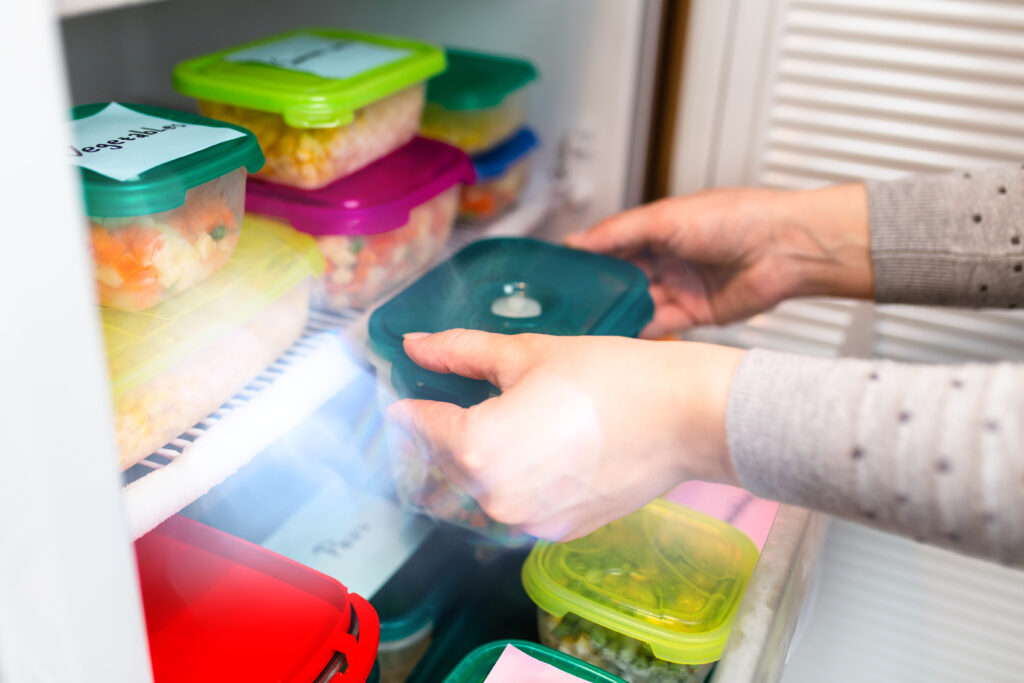
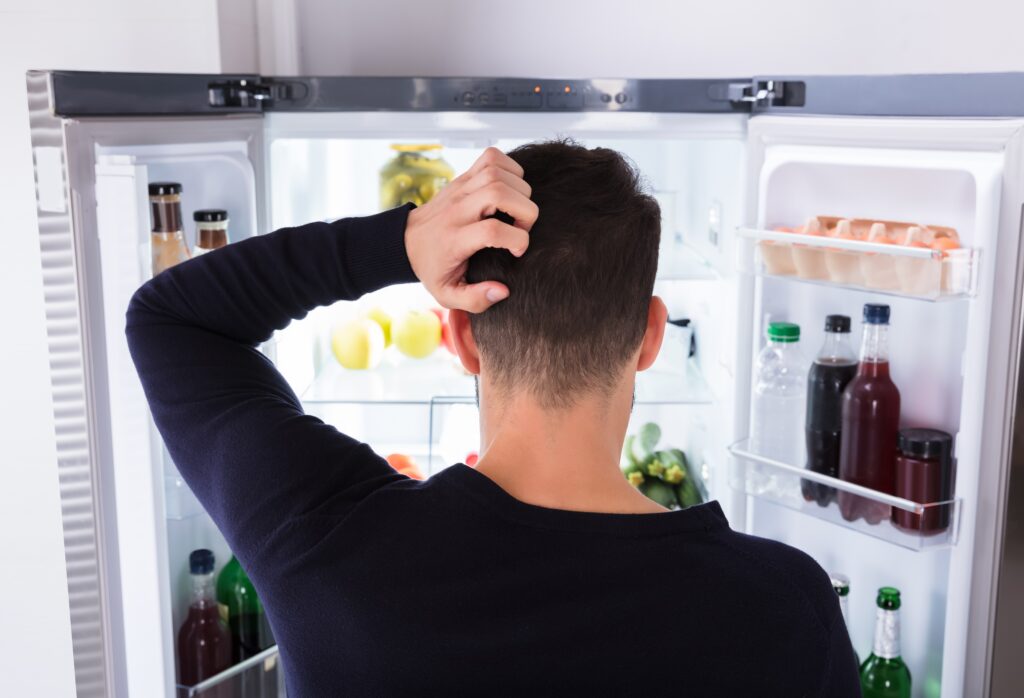
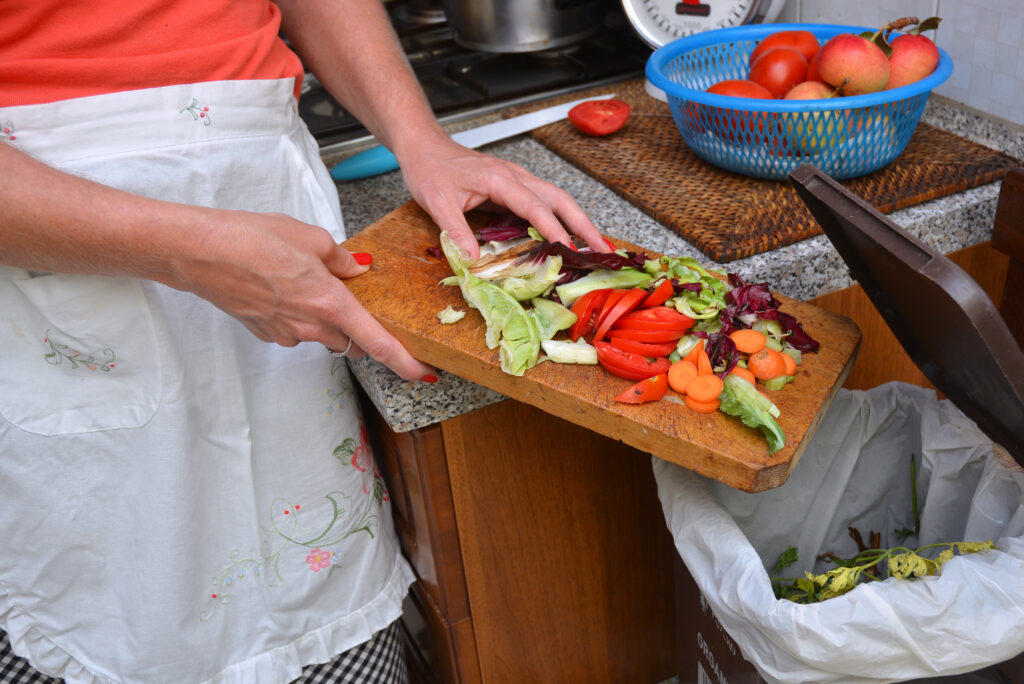

- 1
- 2
- 3
- …
- 15
- Next Page »
